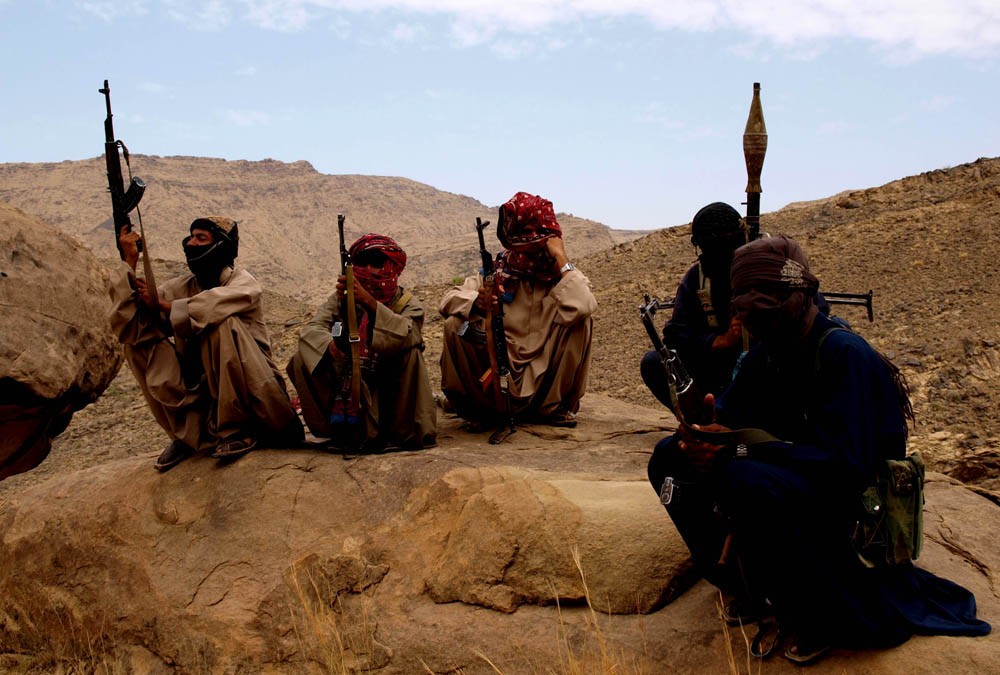
New circumstances necessitate new arrangements to tackle Balochistan’s sectarian violence

For more than a decade, Balochistan, especially Quetta city and Mastung district, is in the grip of sectarian terrorism. One can look at the equation of sectarian violence from various angles. Mine is an attempt to look at it from the angle of the persistent failure of the government to establish an institutional remedy for the problem. My previous article sought a solution to sectarian strife primarily through an all-political-party liaison committee.
The present article suggests the rationalisation of intergovernmental agencies through the formation of a new entity and the realignment of state’s security agencies at the provincial level. New circumstances necessitate new arrangements. Post 9/11, American response is a case in point.
In mid-1998, three years before 9/11, the US Commission on National Security/21st Century was entrusted with the task of understanding the changing world after the end of Cold War and the US place in it in the coming quarter century. The commission came up with a prospective study of the world, identified US’s future challenges and sought remedies in three distinct phases.
One major challenge the commission’s first report "New world coming: American security in the 21st century" on September 15, 1999 figured out the possibility of an attack on the American territory. The commission’s phase II report entitled "seeking a national strategy: a concert for preserving security and promoting freedom" on 15 April 2000 singled out "America’s safety from direct attack" as the country’s survival interest -- the highest priority.
The commission’s cure was the envisioning of a new National Homeland Security Agency (NHSA) enshrined in its phase III report titled "Roadmap for national security: imperative for change" presented on January 31, 2001. When an attack on the US mainland did happen, within a month -- on October 8, 2001 -- George W. Bush established the Office of Homeland Security within the White House.
The department was entrusted with the tasks of "Prevent[ing] terrorist attacks within the United States, reduce America’s vulnerability to terrorism and minimise the damage and recover from attacks that do occur". In concurrence with the commission’s plea for the creation of "a National Homeland Security Agency (NHSA) with responsibility for planning, coordinating, and integrating various US government activities involved in homeland security", the Bush administration brought under a single command the responsibility of homeland security as enshrined in the "national strategy for homeland security" presented in July 2002. Previously, homeland security was scattered around some two dozen departments and agencies. Nevertheless, our case defies American logic.
Pakistan is at the critical juncture of history at least for the last eleven years. Oddly enough, the country has been fighting a non-conventional enemy with conventional means. Put differently, no new institutional remedy was sought to tackle the militant challenge until the nearly dormant National Counterterrorism Authority (NACTA) was formed in 2009. The same inertia informs policymaking in Balochistan. In the province, the operations of a web of law enforcement and intelligence agencies are rendered ineffective on occasions largely owing to the absence of interconnected and complementary system.
Currently, the government is fractured, divided and under-prepared to handle militant violence properly. With overlapping jurisdictions, various arms of the state appear less efficient in performing their duties. The absence of an institutionalised coordination leave security institutions averse to inter-departmental information sharing. These loopholes give militants enough room for exploitation and carry out their terrorist activities. Consequently, militant violence targeting security personnel and public at large leave not only the former demoralised but also result in public trust deficit in the state’s capacity to protect them.
In order to effectively deal with the challenge of militant violence either perpetrated by militants working on their own or as proxies of foreign states in Balochistan, the incumbent government seriously needs to rid itself of the duplicative and redundant activities. Until synergized, various governmental departments and agencies would be less effective in foiling and responding to sectarian violence.
This article pleads for the creation of a Balochistan security coordination committee, consisting of members from law enforcement and intelligence agencies. Headed by a 21 grade officer either from the army or police and accountable directly to the chief minister, the committee should comprise two divisions. Secretary interior, IG police and IG Frontier Corps and collector custom should comprise the law enforcement division. The station chiefs of Inter-Services Intelligence, Military Intelligence, Intelligence Bureau and Frontier Corps Intelligence Unit and a few terrorism experts should comprise the intelligence division. The primary functions of this committee should be fostering close coordination on the one hand and swift execution of policies on the other.
When it comes to tackling violent sectarianism, the role of human intelligence source is critical. Foreign state involvement is always hidden. It lurks in the shadow as indigenous people are employed to carry out operations. On the other hand, the visibility of the personnel of law enforcement agencies makes them vulnerable to attacks from militants. The invisible enemy can be better fought invisibly. Bolstering human intelligence is the key to combating militancy.
Similarly, effectiveness requires streamlining the responsibilities of government’s security organisations. The line of responsibilities of law enforcement and intelligence agencies should be clearly delineated. This is not only necessary for fixing responsibilities but also avoiding jurisdictional overlapping.
The guiding principle for the whole undertaking should be that national interests other than institutional interests should prevail. The aim is to ensure peace. It is more possible through close coordination among various departments of government and their realignment according to changing situation. The success of the enterprise is dependent upon unity of purpose and action.